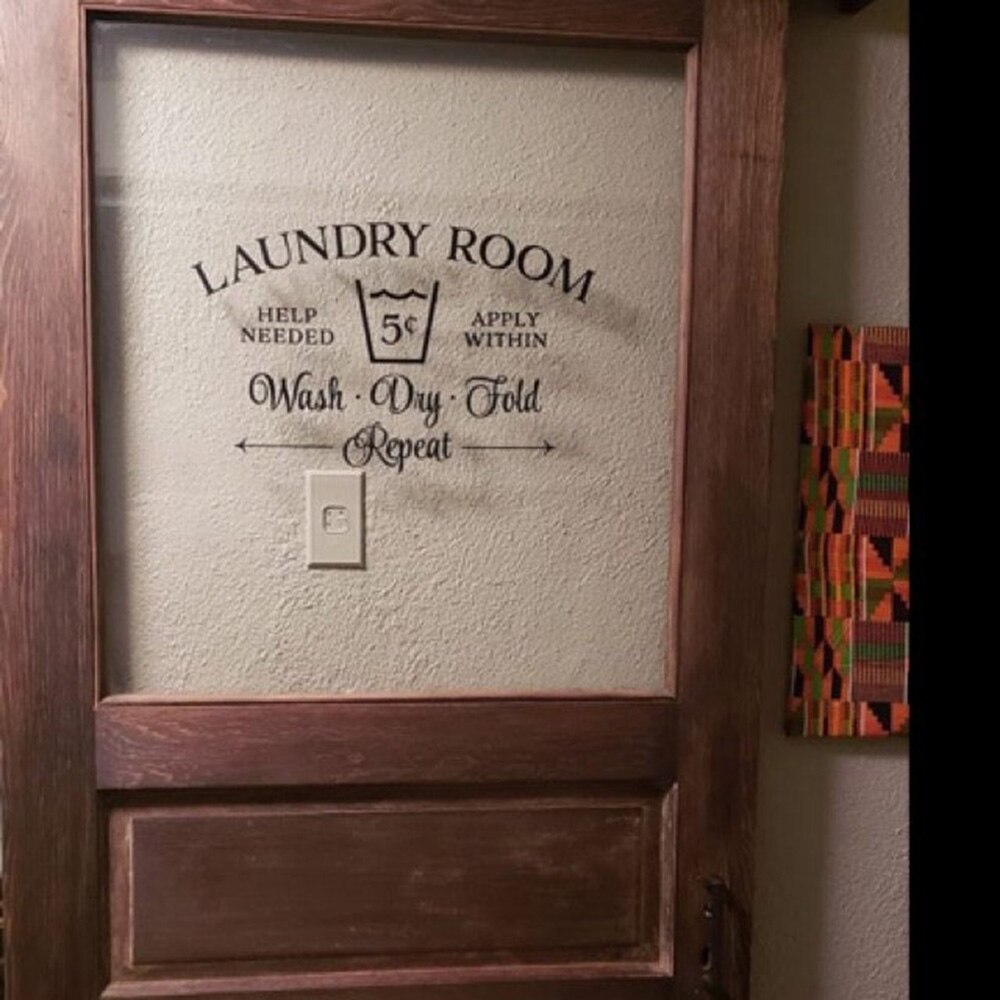
Prior to the partnership with Global Fishing Watch, NOAA had access to two months of Indonesia VMS data, which they used to develop their cross-matching algorithm. The model checks the predicted location against the actual VIIRS detections to define matches. To cross match VMS and VIIRS, NOAA’s Earth Observation Group developed an orbital model that predicts the probable location of each VMS-broadcasting vessel at the time of the VIIRS data collection. Incorporating VIIRS, which represents a completely new source of data, into the Global Fishing Watch database and, eventually, the public mapping platform, will reveal the activity of even more of the world’s commercial fishing fleet. But the system is unable to see vessels when they are not broadcasting either AIS or VMS. Global Fishing Watch can even tell when vessels turn off their monitoring devices. Global Fishing Watch detects nearly all large fishing vessels in Indonesian waters by combining Indonesia’s VMS data and publicly broadcast AIS data which is required on vessels exceeding 300 GT. “NOAA’s VIIRS data shows us vessels we can’t see by any other means and helps us to gain a more complete picture of fishing activity.” The dark fleet being a common term used to describe vessels that don’t show up in vessel monitoring systems and therefore are said to operate in the dark.

“I’m excited for this opportunity to see the dark fleet,” said David Kroodsma, Global Fishing Watch Research Program Director. Another possibility is that VIIRS is detecting foreign boats that are not carrying VMS because they are poaching from Indonesian waters. It is also possible that some vessels detected only by VIIRS meet the size requirement but have switched off their VMS or have a faulty device. The team believes most of the VIIRS detections are from fishing vessels not required to carry VMS because they are under the 30 gross ton (GT) threshold established by the government of Indonesia. This work indicates that the addition of VIIRS data can greatly enhance transparency in commercial fishing in Indonesia. While a small number may be other types of vessels, most ships do not use lights bright enough for detection.

The vast majority of these vessels are likely to be fishing vessels using bright lights to attract fish. The idea is to identify fishing vessels that are not picked up by other monitoring systems and to test and refine the use of VIIRS for identifying and distinguishing different types of fishing vessels.īy cross matching VMS from Indonesia with VIIRS, the team found that roughly 80 percent of VIIRS detections could not be correlated to a vessel broadcasting VMS. Through the partnership, Global Fishing Watch and NOAA are matching Vessel Monitoring System (VMS) data from the Indonesian government with NOAA’s satellite based Visible Infrared Imaging Radiometer Suite (VIIRS), which reveals the locations of brightly lit vessels at night. National Oceanic and Atmospheric Administration (NOAA) to improve understanding of the activity of fishing vessels in Indonesian waters. January 16, 2018: Global Fishing Watch has entered into a new data-sharing partnership with the U.S. Night-time imagery with monitoring data from fishing vessels. Bright Lights Reveal the “Dark” Fleet A new partnership between Global Fishing Watch and NOAA matches


 0 kommentar(er)
0 kommentar(er)
